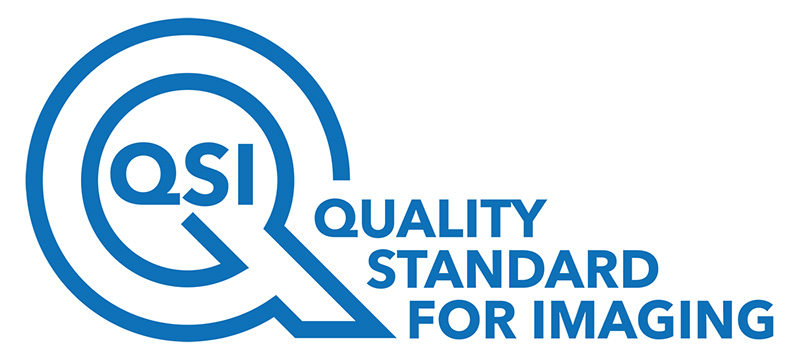AUTHOR: KATHERINE JAKEMAN
‘The NHS will last as long as there are folk with the faith to fight for it’ - Nye Bevan, founder of the NHS.
This month we continue our series on the five domains of the Quality Standard in Imaging (QSI). The series is looking at the kind of areas that QSI assesses to try to raise quality in our imaging departments. We have now reached the fourth domain, which is Patient Experience.
During the pandemic, saying thanks to the NHS and other health workers has finally become a popular thing to do. A worldwide health crisis focuses most minds on the quality of one’s national health service and the NHS has stood up to the test that has been thrown at it. Being thanked is excellent and affirms that our practice and procedures are working and are valued.
However, for the most part during ‘normal’ times we only ever seem to hear from our patients when they have a complaint. Getting feedback from patients which reflects accurately their true feelings about the service is a constant conundrum and I’m afraid this article is not going to solve that. If you feel you have it right in your department, I would love to hear from you.
While writing this article I have come to realise two problems relating to improving patient centred care in radiology. The first is that there is no one standard definition of person- or patient-centred care, and the second is that there are relatively few studies into patient care in radiology departments in the UK - and even fewer where patients are involved in the research study.
Having a clear definition helps everyone to aim for the same goal. The lack of a definition would seem to imply that it is a deceptively difficult concept. Yet I’m sure everyone would agree that this is - or should be -our aim within radiology. It seems obvious that our departments should be patient-centred but when time constraints and busyness take over sadly the patient experience can suffer. The Patient Experience domain puts the patient at the heart of quality in your service.
Person-centred care is one of the 13 fundamental standards of care that the Care Quality Commission requires healthcare providers to meet for England. Delivering person-centred care involves caring for patients beyond their condition and tailoring your service to suit their individual wants and needs. Scotland, Wales and Northern Ireland have a similar approach in their standards. Similarly, in the NHS Constitution it states that the patient will be at the heart of everything the NHS does.
In an article by the Health Innovation Network in South London1 they identified eight statements to define person-centred care:
respecting people’s values and putting people at the centre of care
taking into account people’s preferences and expressed needs
coordinating and integrating care
working together to make sure there is good communication, information and education
making sure people are physically comfortable and safe
emotional support
involving family and friends
making sure there is continuity between and within services
and making sure people have access to appropriate care when they need it
Patient-centered radiology2 is an article which some of you might find interesting to read. It is USA-based but has some very useful ideas and tips to create a patient-centred radiology department. The author outlines some of the inherent problems of a radiology department and why traditionally it may have struggled to become more patient friendly. Examples he uses are that radiology is traditionally an area of the hospital in which the radiologists are more used to talking to each other rather than to the patient and where patients move through it quickly and can sometimes get lost in the ‘system’ of the work. He also cites examples such as this:
‘One patient describes her experience in a mammography unit as follows:
After we had our mammograms, we were told to go back to the waiting room, where they would call us in with the results. We all sat there in our gowns, scared, and one by one they’d call us back in. Some women would come back out crying miserably; some would be smiling. It was awful. You just sat there wondering which you’d be.’
This is definitely a department ‘flow through’ model which needs more thought.
If you would like to look up further studies on the subject, there is one in two parts entitled ‘Patient centred care in diagnostic radiography’3. However, this is an area in which there is definitely space for more research so if anyone is looking for an MSc topic to explore here is one possibility. If you are looking for funding for your research, have a look on the SCoR website at CoRIPS research grants to see if you could apply: www.sor.org/about-us/awards/corips-research-grant
References
http://healthinnovationnetwork.com/system/ckeditor_assets/attachments/41...
Jason N Itri 2015 ‘Patient-centered Radiology’ Radiographics Oct 14
E Hyde, M Hardy 2020 ‘Patient centred care in diagnostic radiography (Part 2): A qualitative study of the perceptions of service users and service deliverers’ Radiography Oct 7
Katherine Jakeman,
Quality Improvement Partner RCR/SCoR
